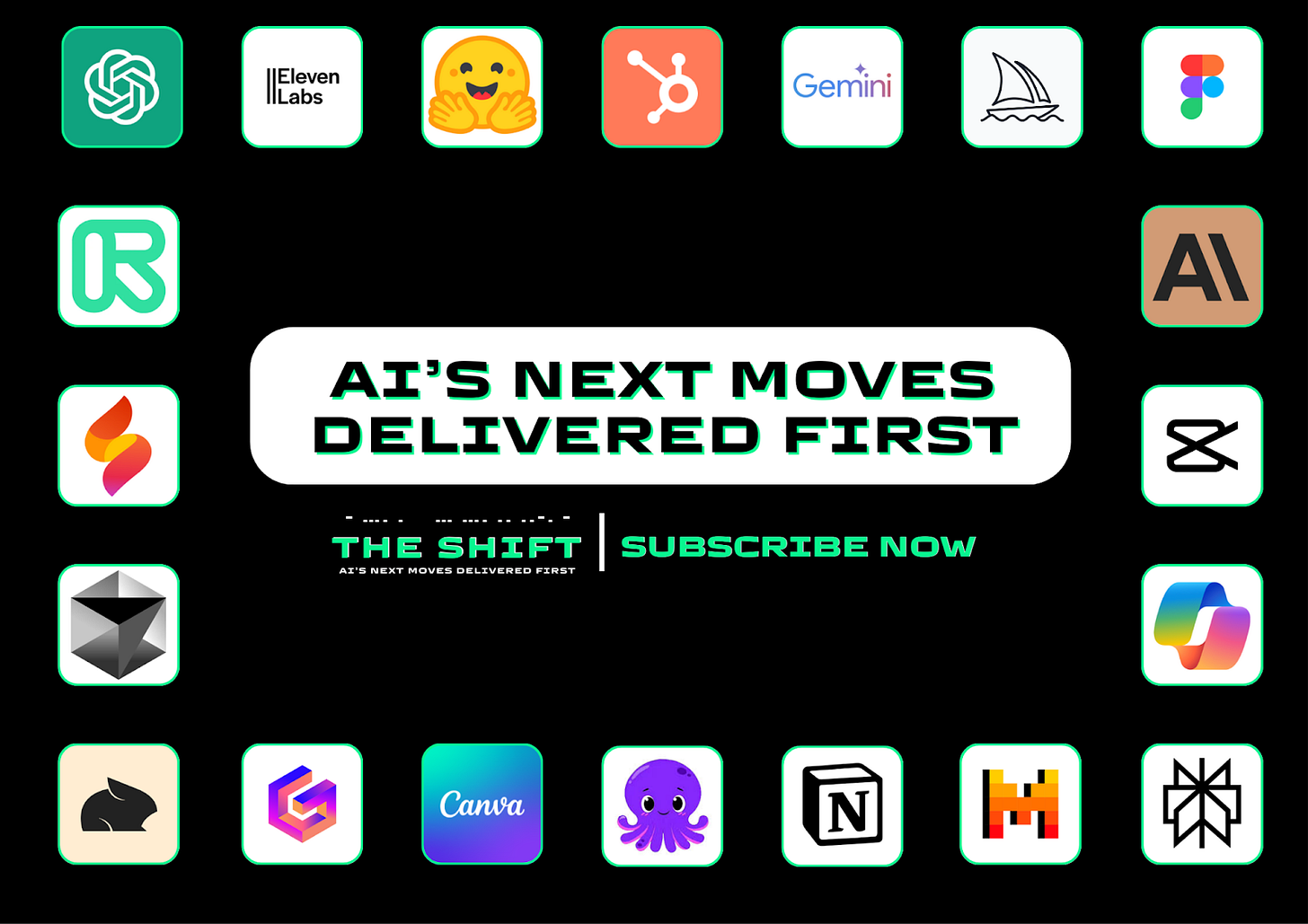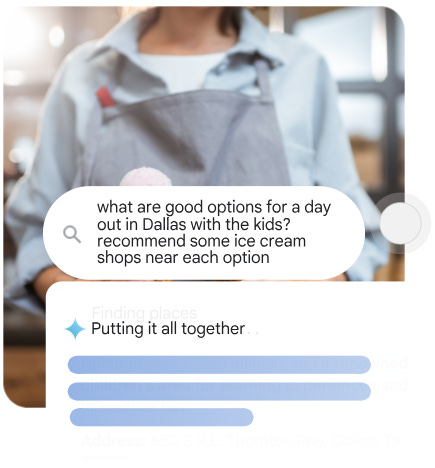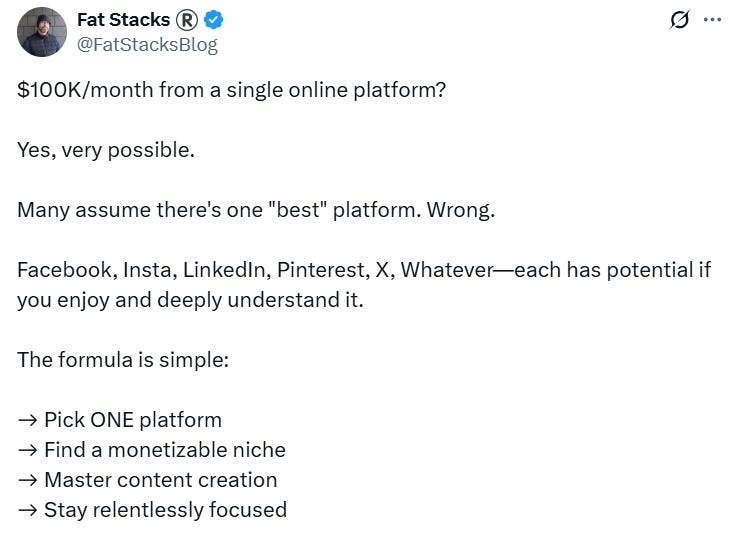Why Google Ads Fail After the Click
🧐Cognitive Layering: The Google Ads Strategy Most Marketers Overlook, Ads Meet AI Overviews: Google Unlocks New Ad Surfaces in Search, and more!
Howdy Readers 🥰
In this newsletter, you’ll find:
🧐 Cognitive Layering: The Google Ads Strategy Most Marketers Overlook
🧠 Ads Meet AI Overviews: Google Unlocks New Ad Surfaces in Search
🚀Tweet of the Day
If you’re new to Buyology then a hearty welcome to you, You’ve reached the right place alongside 50k+ amazing people, Before you forget, if someone forwarded this newsletter to you, don't forget to subscribe to our newsletter so you never miss out!
Together with The Shift
It’s Not Humans vs AI. It’s You vs People Who Use AI Better Than You.
You’re not competing against the machine.
You’re competing against the person who integrated the machine into their workflow last week.
The Shift AI is your five-minute daily advantage that helps you:
✅ Automate complex tasks like a strategist, not a coder
✅ Discover AI tools before they go mainstream
✅ Stack systems that give you exponential results
Every edition is practical, no-filler, and built to keep you ahead.
📩 Plus, your welcome bonus includes 2000+ curated tools, 300+ prompts, and free AI mastery courses.
The gap isn’t between AI users and non-users. It’s between those who get results and those who don’t.
🧐Cognitive Layering: The Google Ads Strategy Most Marketers Overlook
Most marketers treat Google Ads like a slot machine: pick keywords, set bids, write headlines. But the best-performing accounts aren’t better at picking keywords. They’re better at organizing cognition.
Behind every query is a stack of mental layers:
What the user thinks they want
What they’re really trying to solve
How emotionally resolved they are
Where they sit in their buying arc
If your ad only answers one of those layers, you lose the click, or worse, the conversion.
The Real Challenge: Parallel Mental Tracks
Here’s the mistake most Google Ads setups make:
They group keywords by topic, not by intent.
They write ads for the product, not the problem.
They mismatch the emotional temperature with the landing page tone.
That’s why the system underperforms, because it’s flat.
Cognitive Layering in Action
You don’t need more keywords. You need keyword architecture.
Step 1: Group by Cognitive State, Not Just Theme
“Best vitamin stack for energy,” ≠ “energy supplements that work”
One is exploratory, the other is skeptical
They need different tones, CTAs, and landing copy
Step 2: Align Copy With Mental Layer
For urgent searches: Short tension → fast solution
For curious searchers: Curiosity loop → proof element → micro CTA
For fatigued buyers: Empathy mirror → “no guesswork” positioning
Step 3: Resolve the Loop Post-Click
Don’t just match headlines to queries
Match the emotional context to the visual story
If your ad carries speed but your page slows down, you’ve broken the thread
Layered creative only works if the viewer processes it in the right sequence.
Neurons help test if your visual and message hierarchy actually flows the way you intended, before the spend goes live. You can book a free demo with Neurons here and de-risk your cognitive stack before launch.
Closing Insight
Every keyword isn’t just a search term. It’s a window into what the brain is doing.
Layer your messaging to mirror that thought stack, and your Google Ads won’t just get clicks, they’ll carry belief forward from search to site to sale.
The best keyword strategy isn’t about coverage. It’s about mental precision.
🧠 Ads Meet AI Overviews: Google Unlocks New Ad Surfaces in Search
Google is now serving ads directly within AI Overviews on Search, not just above or below them. This rollout affects all 200+ markets globally for surface-level placements and is currently live within Overviews in English for U.S. users, considering both the original query and AI-generated content, pulling from existing Search, Shopping, and Performance Max campaigns to deliver contextually aligned ads.
The Breakdown:
• Ads inside AI Overviews follow dual relevance logic - For an ad to show inside an AI Overview, it must match both the user query and the generated overview content, ensuring ads aren’t just keyword-aligned but also context-aware based on AI output.
• Complex queries open new commercial windows - AI Overviews typically appear on broad, nuanced queries like “how to clean a green pool.” Google uses semantic cues and AI-generated suggestions to infer commercial intent, like surfacing ads for pool vacuums even if the query wasn’t overtly commercial.
• Broad match and smart bidding now essential - Since keywords alone aren’t enough, Google recommends broad match or Performance Max setups combined with smart bidding because these AI-powered tools adapt to ambiguous queries and evolving overview content more effectively.
• Feed health and creative quality matter more than ever - For Shopping ads to qualify, retailers need clean, up-to-date product feeds with detailed attributes and strong visuals. High-quality content helps the AI match products to nuanced overview topics.
Google’s AI Overviews are reshaping search intent, and now, monetization too. By blending query understanding with generative context, the ad system reaches users during high-curiosity moments, not just transactional ones.
🗝️ Tweet of the Day
Advertise with Us
Wanna put out your message in front of over 50,000 best marketers and decision makers?
Checkout our Partner Kit here🤝
At Buyology, we care about our readers and want to provide the best possible experience. That's why we always look for ways to improve our content and connect with our audience. It would be amazing if you could hit us up with feedback about our content or absolutely anything, we are always up for a chat 🥰
Thanks for your support, We'll be back with more such content 🥳



